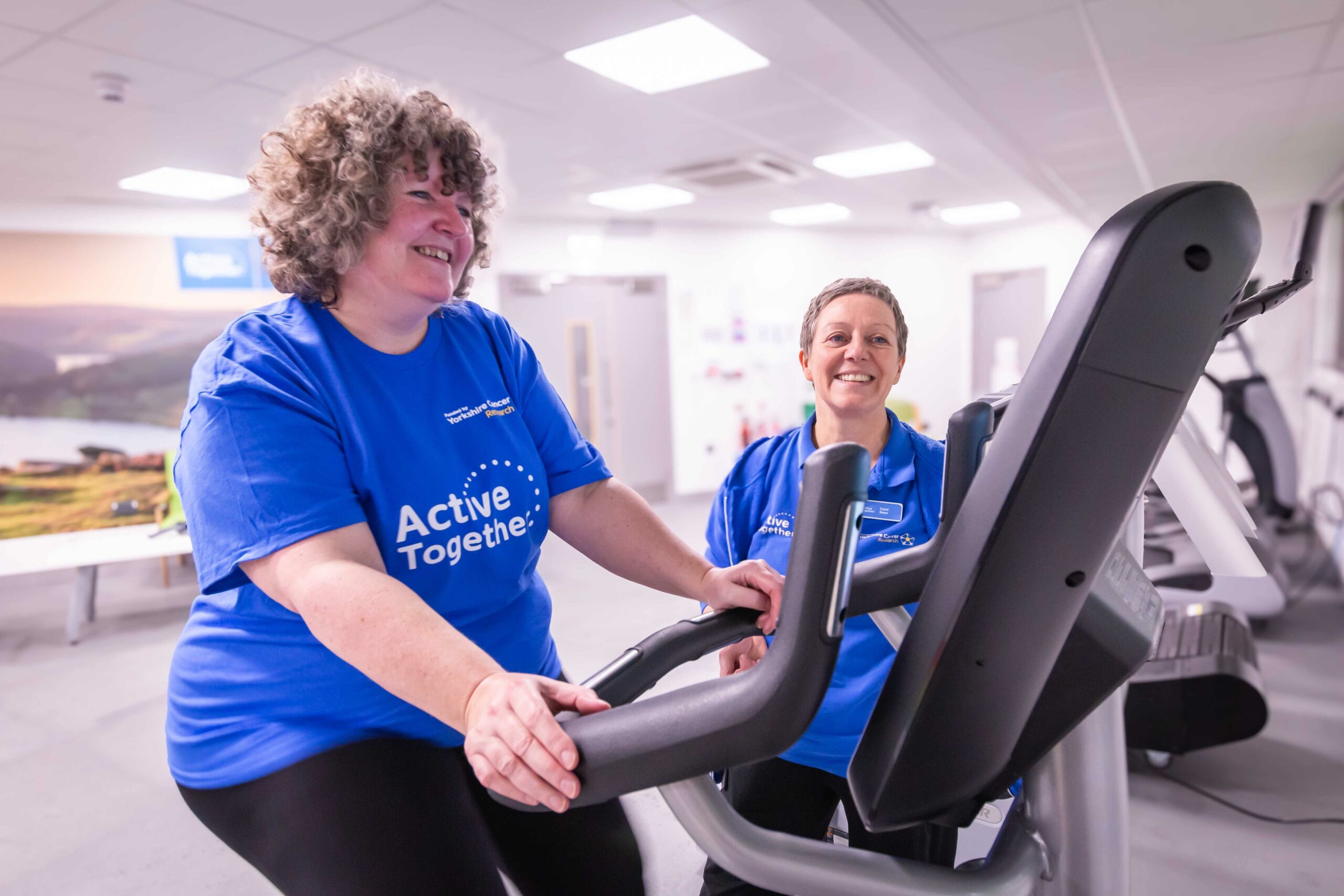Transforming UK cancer care through community-based interventions

By Professor Rob Copeland, Director of the Advanced Wellbeing Research Centre, Sheffield Hallam University.
With the Government’s recent Cancer 360 announcement and the NHS 10-Year Plan now published, hospital leaders are rightly focused on the potential for digital innovations to contribute to transformation and operational efficiency in the NHS. While technology-based innovations attract headlines, there’s already a proven, cost-effective intervention at our disposal.
Embedding the power of physical activity within clinical pathways, alongside support for nutrition and psychological wellbeing, can transform both cancer prevention and treatment outcomes.
This approach has recently received validation at the 2025 American Society of Clinical Oncology (ASCO) annual meeting, where a world-first trial demonstrated that a structured exercise regime after cancer treatment reduced the risk of death by 37 per cent and recurrence of new cancers by 28 per cent, outperforming many drug interventions. These findings, which are set to transform global health guidelines, directly align with the evidence-based work of Sheffield Hallam University’s Advanced Wellbeing Research Centre (AWRC) and reinforce the urgent need to embed physical activity as a core component of cancer care.
The evidence for physical activity as medicine
Physical activity levels are closely linked to the risk of several cancers, including breast, colon, bladder, oesophageal, and endometrial cancers. Yet 22.6 per cent of adults remain inactive – and the rates are significantly higher in deprived communities that hospitals increasingly serve. Furthermore, with 31.3 per cent of children also classified as physically inactive, the pipeline of future cancer cases demands immediate attention.
At Sheffield Hallam University, our research demonstrates that physical activity interventions generate nearly £100 billion in annual wellbeing value, with 3.9 million early deaths averted worldwide every year through physical activity. This isn’t about lifestyle advice – it’s about hospital leaders recognising physical activity as a clinical intervention that can be systematically embedded in care pathways.
Our flagship programme, ‘Active Together’, delivered in partnership with Sheffield Teaching Hospitals NHS Foundation Trust and funded by Yorkshire Cancer Research, exemplifies this approach. By providing evidence-based exercise, nutrition and wellbeing support before, during and after treatment, we’ve observed one-year survival rates of 95 per cent compared to 85 per cent for non-participants, and estimated net savings of £366.36 per patient through reduced hospital stays and critical care time.
Crucially, this model effectively reaches those most at risk, with 43 per cent of referrals from the most deprived communities. 97 per cent of participants reported improvements in their health and wellbeing, feeling more empowered and in control of their health.
Evidence-based recommendations for hospital leaders
The AWRC recently proposed a series of evidence-based recommendations that hospital leaders can take to embed movement into everyday cancer care and address physical inactivity as a cancer risk factor. Our research and implementation work across South Yorkshire suggest that these place-based interventions can help hospitals improve outcomes while managing capacity pressures, which is particularly relevant as trusts work to meet elective recovery targets.
1. Recognise physical inactivity as a risk factor
Hospital leaders must acknowledge that addressing physical inactivity is fundamental to cancer prevention. Embedding physical activity in patient-centred care is vital for creating more active populations and reducing future cancer rates, and the NHS workforce should be equipped to support this. Our Physical Activity Clinical Champions (PACC) programme exemplifies this shift and has upskilled more than 58,000 healthcare workers to integrate physical activity conversations into routine clinical care.
2. Embed prehabilitation and rehabilitation programmes into cancer care pathways
The integration of prehabilitation and rehabilitation represents one of the most significant opportunities to improve outcomes while reducing pressure on NHS services. ‘Active Together’ programme participants are better able to tolerate treatment and access surgeries that would otherwise have been inaccessible, with psychological support enabling people struggling with distress to engage with their treatment more effectively. 93 per cent of healthcare professionals rate the service as well-integrated into existing care pathways.
3. Tackle health inequalities through community-based models of cancer healthcare delivery
Moving care closer to communities breaks down barriers to access and tackles inequalities by recognising that people in the poorest communities might need additional and hyper-local support to access services. This can best be achieved by devolving power to community-led initiatives and shifting some services from central organisations like hospitals to community-based assets.
Our work in partnership with the National Centre for Sport and Exercise Medicine (NCSEM) in Sheffield demonstrates that co-locating healthcare services within leisure centres in communities of disadvantage reduces health inequalities by making preventative and some clinical services more accessible for those who need them most. This approach has facilitated over 120,000 annual community-based clinical appointments while building valuable evidence about what works. Utilising local assets also helps connect people to social prescribing schemes, which we’ve shown deliver up to £8.56 in social and economic value for every £1 invested.
4. Harness innovation to improve health data use and tacke inequalities
The South Yorkshire Digital Health Hub, hosted at the AWRC, presents an opportunity to harness data from daily life – such as wearable technology – to help inform clinical decisions and treatment pathways. When integrated with routine healthcare records, this can lead to healthier lives and more personalised interventions. Our current research explores how artificial intelligence and digital technologies can enable remote monitoring and support, and help predict which patients will benefit most from specific prehabilitation approaches.
A practical path forward
These recommendations aren’t theoretical – they’re based on evidenced approaches that optimise existing resources while delivering significant additional impact. Our work across South Yorkshire demonstrates how these approaches work across a place, creating sustainable models that other trusts can adapt to their local contexts.
The opportunity before hospital leaders is clear. While digital transformation captures attention and investment, physical activity interventions offer immediate, evidence-based returns that directly address both prevention and treatment challenges. By embracing physical activity as essential medicine, hospitals can improve patient outcomes, reduce capacity pressures, and contribute to a more equitable healthcare system.
The evidence is compelling, the methods are established, and the time for action is now. As the NHS implements its 10-Year Plan, hospital leaders have a unique opportunity to transform cancer care through community-based physical activity interventions that deliver both clinical and operational benefits.

